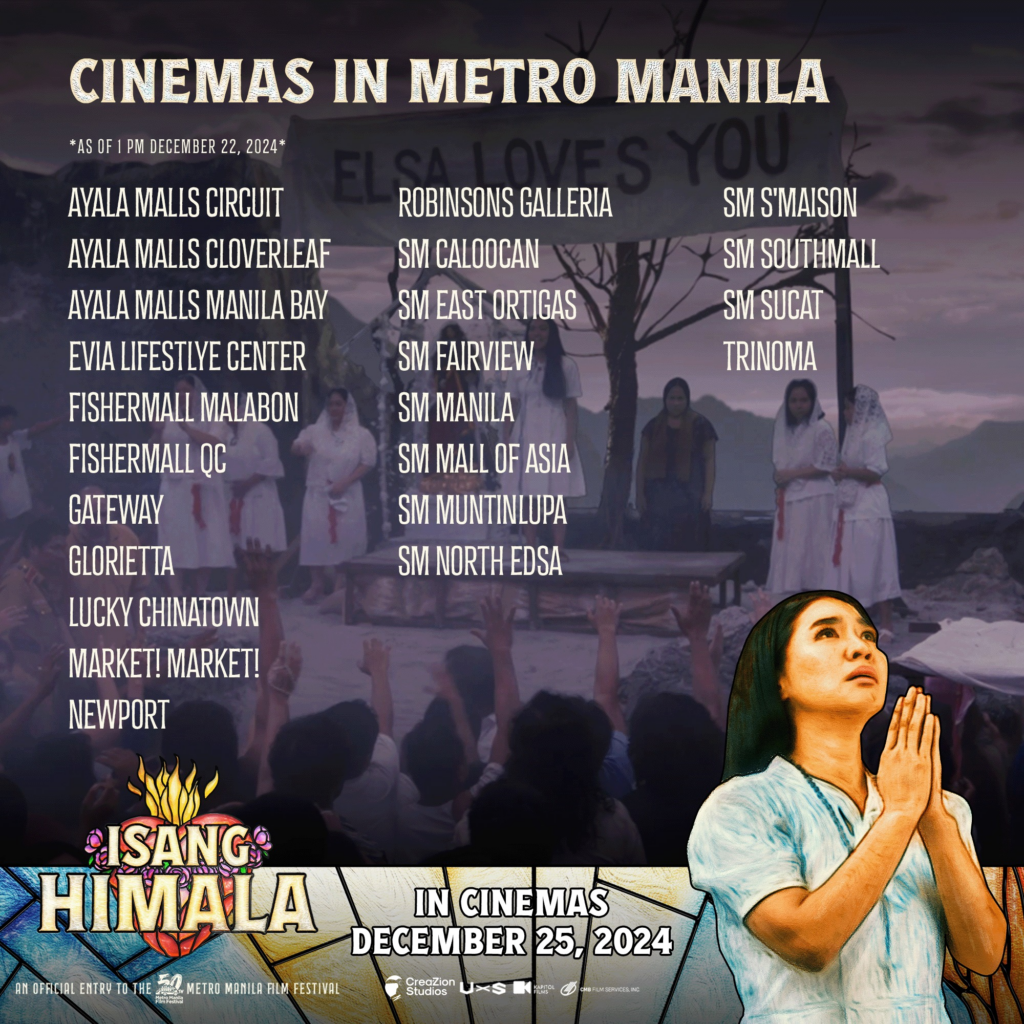When we talk about Filipino cinema classics, Himala (1982), directed by Ishmael Bernal and written by Ricky Lee, always emerges as a shining beacon of brilliance. This landmark film, headlined by the legendary Nora Aunor, is not only remembered for its haunting tale of faith, desperation, and societal dynamics but also for its cultural significance. What if this celebrated movie was revisited today as Isang Himala, featuring a cast of talented theater actors transitioning into mainstream cinema? This thought experiment opens up a fascinating discussion about the synergy between theater and film in the Philippines.
Theater Actors: The Unsung Gems of Storytelling
The Philippine theater scene is a hotbed of talent. Renowned for their powerful vocal delivery, emotional depth, and command over live performances, our stage actors bring an authenticity and intensity rarely seen in other platforms. In Isang Himala, the infusion of theater performers into the cinematic adaptation would not only pay homage to the original but also showcase a different layer of storytelling—one where heightened emotions and raw expressions take center stage.
The ensemble cast of Isang Himala is the heart of the production, with each member embodying their roles with depth and authenticity. Leading the film is a commanding yet vulnerable portrayal of Elsa, played by Aicelle Santos, the enigmatic faith healer whose journey of self-discovery and sacrifice is the narrative’s central pillar. The Santos brings a magnetic presence, capturing the character’s quiet intensity and fragility. Her emotionally charged performance resonates deeply, particularly during the musical numbers, where her haunting voice conveys layers of emotion that dialogue alone could never express.
Supporting Elsa is a strong cast of characters who each represent facets of the community grappling with poverty, superstition, and their search for hope. Kakki Teodoro played Nimia, Elsa’s estranged childhood friend, delivers a bold and fiery performance. Her contrasting ideology with Elsa reflects the tension between faith and pragmatism, explored through their emotionally charged duets and confrontations. While Chayong, played by Neomi Gonzales, showed her versatility in acting and her vocal prowess.
The chorus of townsfolk forms a vibrant, living tapestry of voices, their harmonies and melodies elevating the musical’s storytelling. Through their performances, the audience witnesses the fervent hope, blind faith, and despair of a people clinging to the miraculous. Each member of the ensemble adds a unique layer of complexity, with subtle performances that highlight the different ways individuals respond to faith and tragedy.
What makes the Isang Himala ensemble stand out is their ability to convey raw emotions while seamlessly integrating music into the narrative. The musical’s soundtrack, composed of soul-stirring original songs and powerful reprises, gives every performer a moment to shine. Whether it’s a quiet, reflective solo or a grand, soaring ensemble number, each piece is meticulously crafted to deepen the characters and advance the plot.
Under the masterful direction of Director Pepe Diokno, he has co-written with Ricky Lee, National Artist for Film and Broadcast. The film’s creators, and the cast’s chemistry is palpable. Their collective energy amplifies the story’s themes, making the moments of communal faith, heartbreak, and disillusionment feel profoundly real. This synergy among the cast ensures that Isang Himala is not just a retelling of a beloved classic but a reimagining that resonates with both old fans and new audiences alike.
The Synergy of Theater and Film
Theater and film are two storytelling mediums with distinct yet complementary strengths. Theater thrives on live performance, where actors connect directly with their audience, feeding off their energy. Film, on the other hand, captures the subtlety of emotions through the lens, offering a permanent, intimate experience for viewers.
In Isang Himala, the crossover would challenge theater actors to adapt their style to the camera’s precision. Imagine a theater-trained actress as Elsa—her years of mastering monologues lending even more gravity to the iconic “Walang himala!” speech. Her ability to connect with her audience, honed through live performances, could translate into a magnetic on-screen presence.
Challenges and Opportunities
Adapting theater actors to mainstream cinema requires adjustments. Theater acting is often larger-than-life to reach audiences in a live setting, while film acting demands subtlety and restraint. However, this transition also offers opportunities. The actors’ discipline, ability to dig deep into characters, and innate storytelling instincts can elevate the cinematic experience.
Moreover, a musical film like Isang Himala could introduce mainstream audiences to the brilliance of theater performers, fostering greater appreciation for the arts in all its forms.
Conclusion: Isang Himala as a Cultural Bridge
Reimagining Himala with theater actors in leading roles wouldn’t just be a remake; it would be a cultural bridge—an opportunity to celebrate the Philippines’ rich artistic traditions. It would highlight the power of collaboration between two art forms, proving that whether on stage or on screen, storytelling has the ability to transcend boundaries and create unforgettable experiences.
As the theater spotlight meets the film camera, Isang Himala would truly become a masterpiece that reminds us of the shared humanity at the core of every story. Isang Himala is an official entry to the 50th MMFF Anniversary showing on December 25, 2024.
SM Cinema: https://bit.ly/IsangHimalaAtSMCinema
Ayala Malls: https://bit.ly/IsangHimalaAtAyalaCinema
Robinsons Movie World: https://bit.ly/IsangHimalaAtMovieWorld
ClickTheCity: https://www.clickthecity.com/…/title/829d49/isang-himala
Gateway Cineplex: https://www.gatewaycineplex18.com







